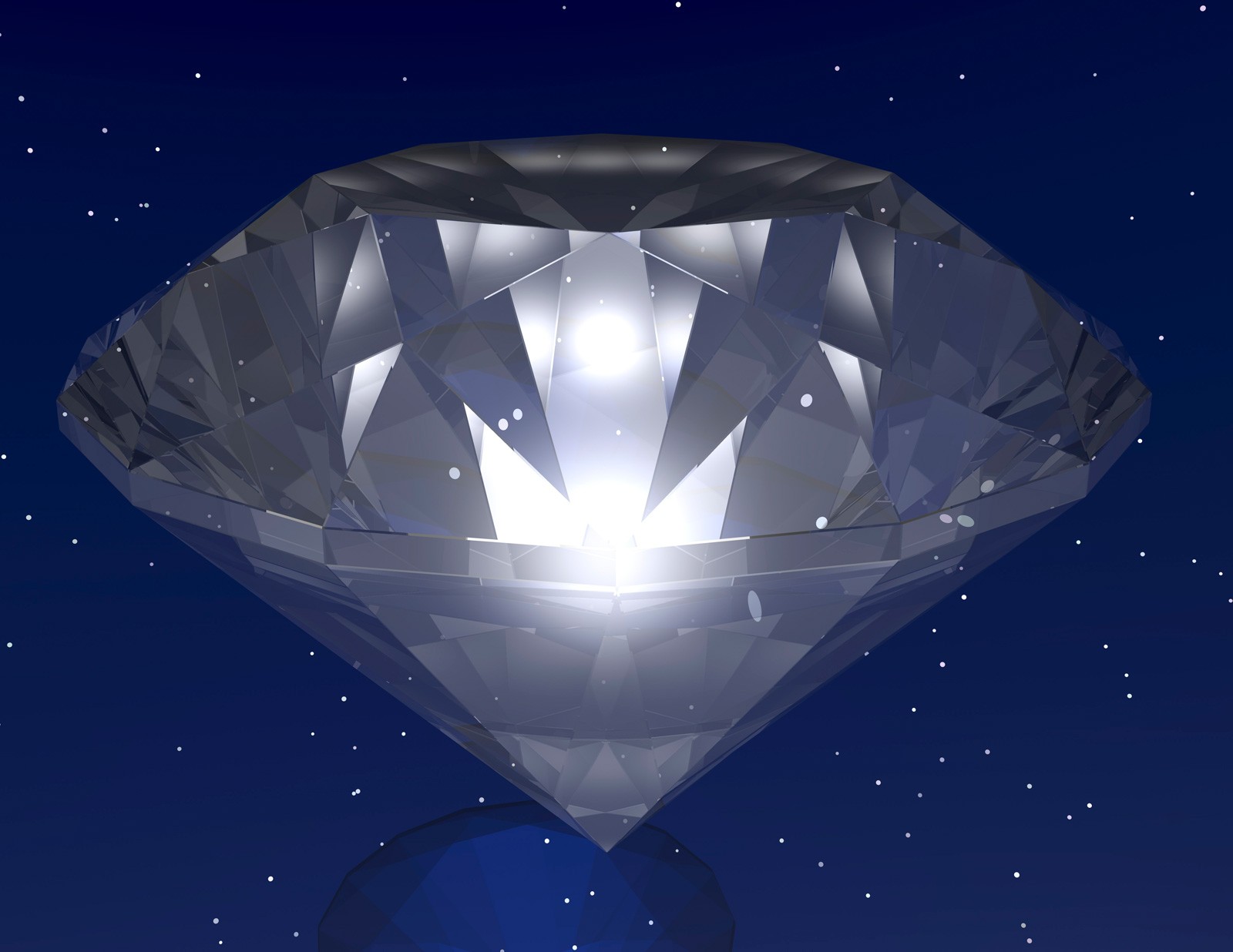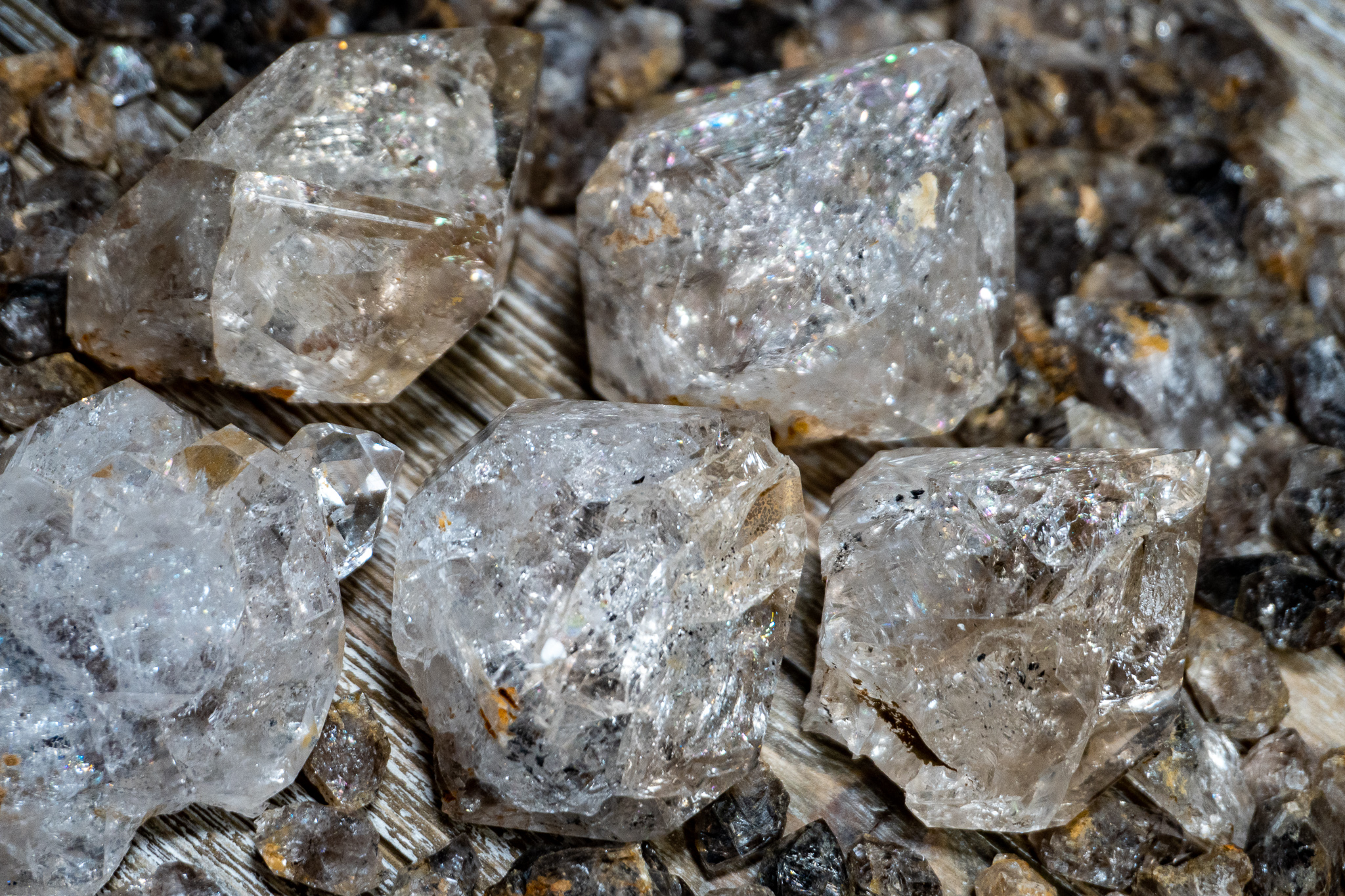Historical and Cultural Significance: Diamond Meaning

Diamond meaning – Throughout history, diamonds have captivated the human imagination, serving as symbols of power, wealth, and love. Their allure has transcended cultures and eras, with diamonds playing a significant role in art, jewelry, and religious ceremonies.
Diamonds, with their brilliance and hardness, have long symbolized eternity and resilience. Their value extends beyond adornment, embodying the strength and purity of an enduring love. Yet, like the delicate petals of a flower that seek shelter under an umbrella definition , the meaning of diamonds is multifaceted.
They represent not only the enduring bond of a couple but also the fragility of human existence, reminding us that even the most precious of things can be lost in the blink of an eye.
Role in Art
Diamonds have been used as decorative elements in artwork for centuries. In ancient India, diamonds were incorporated into intricate jewelry and sculptures, while in medieval Europe, they adorned crowns and other royal regalia. The Renaissance period saw a surge in diamond use in paintings and other works of art, where they were often depicted as symbols of purity and perfection.
Diamonds, glittering emblems of wealth and love, have long been coveted for their captivating brilliance. But beyond their allure lies a darker connection to the realm of casino , where the allure of fortune’s fickle favor often obscures its perils.
Just as diamonds can be both a symbol of hope and a harbinger of ruin, so too can the pursuit of wealth in casinos be a tantalizing gamble that can leave one both exhilarated and depleted.
Role in Jewelry
Diamonds have long been prized for their beauty and durability, making them a popular choice for jewelry. From simple earrings to elaborate necklaces, diamonds have adorned the bodies of royalty, celebrities, and everyday individuals alike. The popularity of diamond engagement rings, a tradition that originated in the 19th century, has further cemented the association between diamonds and love and commitment.
Diamonds, with their enduring brilliance, have captivated hearts for centuries. Their allure extends beyond mere adornment; they symbolize love, purity, and eternity. In the vast tapestry of human connections, diamonds serve as potent reminders of the bonds we forge. Just as the nyt connections platform facilitates meaningful encounters, diamonds represent the enduring power of relationships that transcend time and circumstance.
Role in Religious Ceremonies
Diamonds have also played a role in religious ceremonies and rituals. In Hinduism, diamonds are believed to represent the planet Venus and are often worn by brides during wedding ceremonies. In Buddhism, diamonds are associated with the Buddha’s enlightenment and are sometimes used in meditation practices. In Christianity, diamonds are often used to symbolize the Holy Trinity.
Cultural Beliefs and Symbolism
Diamonds have been imbued with a wide range of cultural beliefs and symbolism throughout history. In many cultures, diamonds are believed to bring good luck, prosperity, and protection. They are also often associated with strength, courage, and invincibility. In some traditions, diamonds are believed to possess healing properties or the ability to ward off evil spirits.
Physical and Chemical Properties

Diamonds are renowned for their exceptional physical and chemical attributes, making them highly sought after for industrial and ornamental purposes.
Diamonds are the hardest known natural material, with a Mohs hardness of 10. This remarkable hardness makes them resistant to scratching and abrasion, contributing to their durability and longevity.
Crystal Structure
Diamonds are composed of pure carbon atoms arranged in a rigid and symmetrical crystal structure known as a diamond lattice. Each carbon atom forms covalent bonds with four neighboring carbon atoms, resulting in a tetrahedral arrangement that gives diamonds their exceptional strength and hardness.
Chemical Composition
Diamonds are composed solely of carbon, making them the purest form of this element. The unique arrangement of carbon atoms in the diamond lattice results in its exceptional properties, including its high thermal conductivity, low electrical conductivity, and high refractive index.
Formation and Mining
Diamonds are formed under extreme conditions of high pressure and temperature deep within the Earth’s mantle. They are typically found in volcanic rocks called kimberlites or lamproites, which transport them to the surface during volcanic eruptions.
Diamond mining involves complex and specialized techniques to extract these precious stones from the host rock. Modern mining methods utilize advanced machinery and technologies to ensure efficient and responsible extraction.
Economic Value and Industry

Diamonds hold significant economic value and play a crucial role in the global market. Their rarity, durability, and aesthetic appeal have made them highly sought-after commodities.
The diamond industry encompasses a complex network of mining, cutting, and polishing processes. Mining operations extract diamonds from kimberlite pipes or alluvial deposits. Once extracted, rough diamonds are transported to cutting and polishing centers, where they are transformed into the brilliant gems we know.
Diamond Pricing and Demand, Diamond meaning
The price and demand for diamonds are influenced by several factors:
– Carat: The weight of a diamond in carats is a primary determinant of its value. Larger diamonds are rarer and command higher prices.
– Clarity: The presence of inclusions or imperfections affects a diamond’s clarity. Diamonds with fewer inclusions are more valuable.
– Color: Diamonds range from colorless to yellow or brown. Colorless diamonds are the most prized and command the highest prices.
– Cut: The way a diamond is cut affects its brilliance and fire. Diamonds with excellent cuts maximize light refraction and are more valuable.
Demand for diamonds is also influenced by cultural factors, fashion trends, and economic conditions. In many cultures, diamonds are associated with love, commitment, and status, driving their popularity for engagement rings and other jewelry.
Diamonds, the hardest known substance on Earth, have long been associated with strength and invincibility. Yet, beneath their unyielding exterior lies a hidden fragility, much like the delicate sweetness of cherries. Their vibrant red hue, a symbol of love and passion, belies the fleeting nature of their existence, just as diamonds, despite their durability, can be shattered with a single blow.